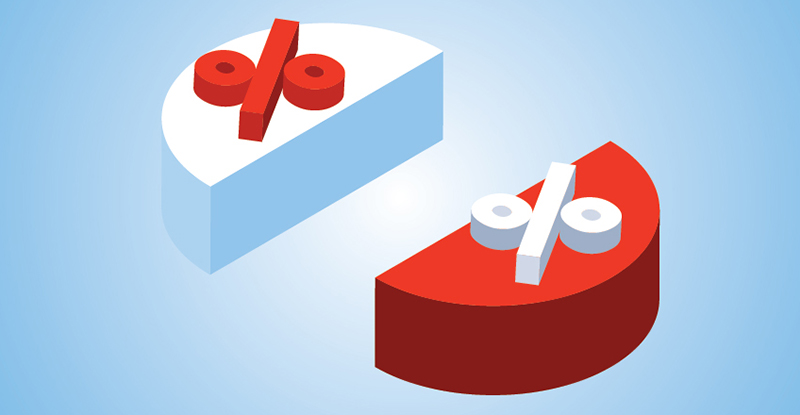
Are you considering selling your business? Or perhaps, bringing in a partner or investor to take it to the next level? Maybe you are the potential buyer or investor. Whatever the case, one of the first questions you’ll ask is, “How much is the business worth?”
The short answer is, “The price that someone is willing to pay for it.” But, until a business is actually sold, it’s impossible to know with any certainty what that price is. In order to even start the negotiation process that ultimately determines the price, you’ll need to come up with an estimate of value. Hiring a professional to value a business is often advisable. However, the more you understand about the process yourself, the better prepared you will be to make informed final decisions.
How do you value a business?
Estimating the value by reference to how much other businesses have sold for – the market method – as is typically used to value real estate, seems an easy solution, but this is seldom feasible for valuing a business. No two businesses are alike – even if they are small businesses – so finding a recent sale of a comparable one is rare. While other easy-to-apply methods such as “rules of thumb,”, can be useful for certain types of businesses such as professional practices. For other types of businesses it is seldom possible to simply plug numbers into a formula.
Since ultimately a business is worth what someone is willing to pay for it, putting oneself into a prospective buyer’s shoes can help in coming up with a valuation approach. And like any other investment, the price a buyer is willing to pay for a particular business depends on how much cash he or she expects to receive from it, and when.
Is it a going concern?
In order to estimate how much cash a business will generate, and when that cash flow will be received, a prospective buyer will need to learn about the industry in which the business operates, the economic outlook for that sector, and most importantly, about the business itself. Two key considerations of that analysis are: 1) determining whether or not the business is profitable; and 2) whether it has the resources and intent to continue to operate profitably in the foreseeable future.
Businesses that meet the two criteria above are referred to, in accounting and valuation terminology, as going concerns. The determination of the business as a going concern, or not, drives the choice of an appropriate valuation method.
Asset-based method
If a business is not a going concern, the only way to get money out of it may be to cease operations and sell everything that it owns, in other words to liquidate it. The value of the business, therefore, depends on how much its assets can be sold for. In this case, an asset-based valuation method would be appropriate. A prospective buyer may be interested in buying a business that is not a going concern. Perhaps they believe that they have ideas, resources, and/or contacts that can turn it around. However, what the buyer plans to bring to the business should not factor into what it is worth when they buy it.
Cash flow method
For a business that is a going concern, you need to look beyond the value of the assets to the cash that the business is likely to generate in the future. In this case, a cash flow valuation method would be more appropriate.
An exception is a business whose value is inextricably tied to its assets, even though it’s a going concern. Holding companies, for example, are often set up to hold a basket of investments, such as stocks, bonds, mutual funds, real estate, or even investments in other companies. They may earn income from their investments but typically do not have operations of their own.
As an example, consider a company that owns three small apartment buildings. Other than a modest profit that it earns from rents, the company has no other income, nor any operations or employees. It has the resources and intent to continue operating, so it is a going concern. The value of the company, however, depends entirely on the real estate value of the three apartment buildings. As a result, if the owner were thinking of selling the company, an asset-based valuation method would be appropriate using the buildings’ current market value.
Net asset value: Why it should be used in all situations
Regardless of whether an asset-based or cash flow valuation method is appropriate, you should always start with an asset-based valuation and calculate a business’ net asset value (the value of a business’ assets less liabilities). Keep in mind that a going concern can be worth significantly more than its net asset value, but it is unlikely to be worth less. The net asset value thus serves a useful purpose: it provides a minimum floor for the value for the business.
The business as an investment
Thinking of a business as an investment helps create a valuation framework. Starting with the asset-based method provides the ground floor, and if the business is a going concern, then applying a cash flow method builds the estimate of the business’ value. Once again, this will help put you into the shoes of prospective buyers and you’ll have solid reasoning for the price you set when starting the negotiations.
Liisa Atva is the author of The Ask: How Much Is a Small Business Worth?. A CPA and CBV, Liisa’s work has appeared in The Globe and Mail, Postmedia publications, Huffington Post, and The Journal of Business Valuation.



